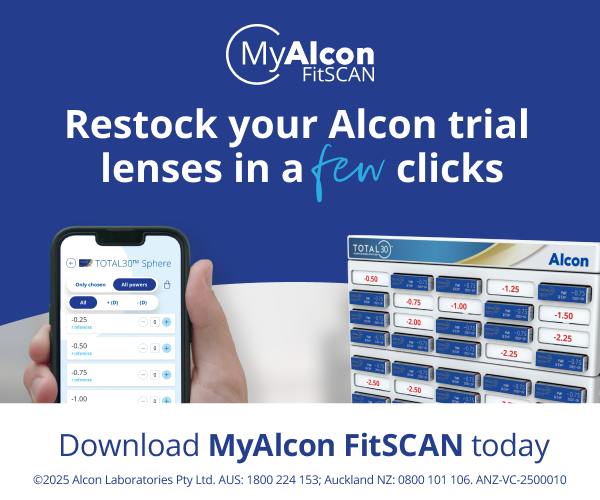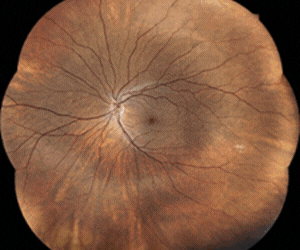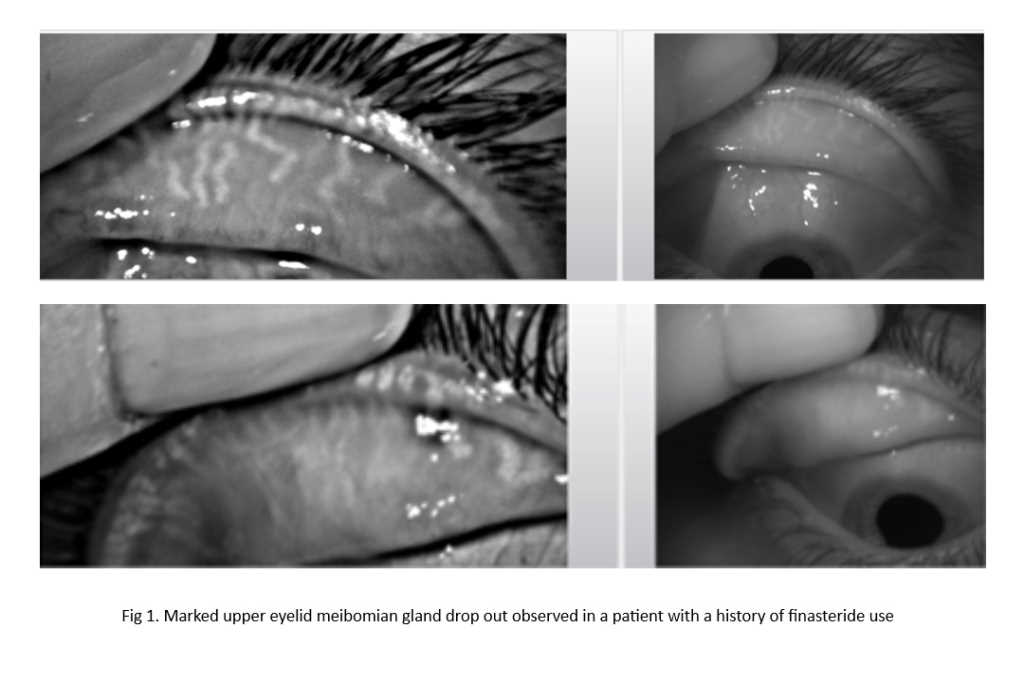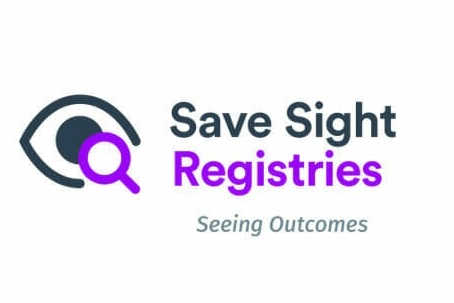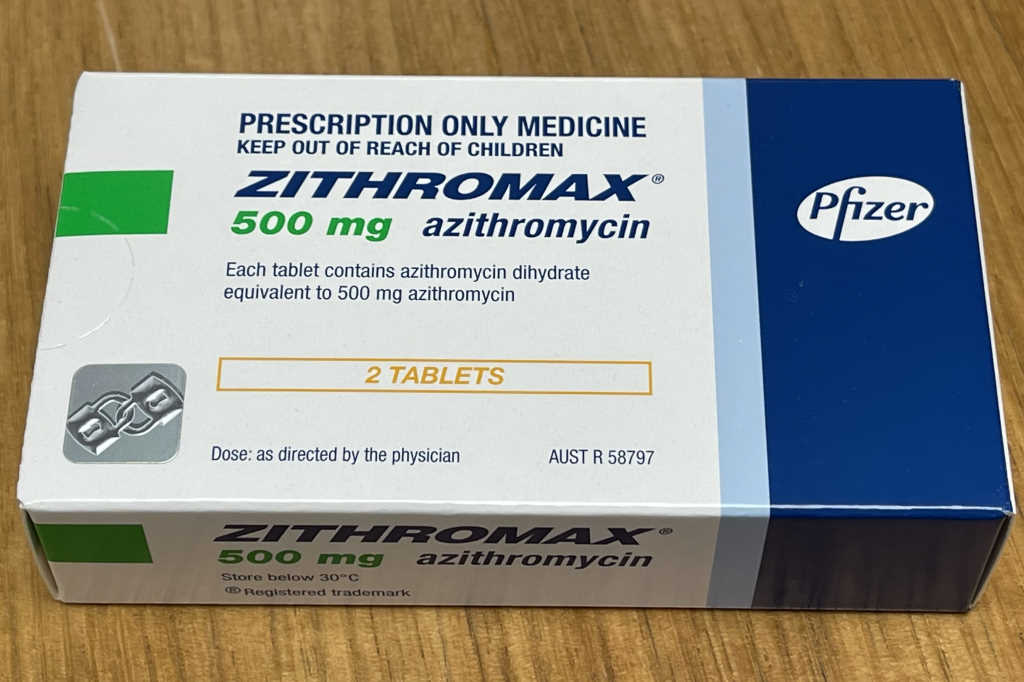Using iPhones to measure blink exercise compliance
Lifestyle factors can be triggers for the development of dry eye symptoms, with an increasingly common culprit being screen use: blinking becomes less frequent and the quality of the blink is reduced. Evidence shows incomplete blinking is associated with increased levels of meibomian gland dysfunction1, which can cause dry eye symptoms. To help reduce the severity of these symptoms, blink exercises may be recommended by eyecare practitioners. There is, however, a paucity of evidence on the efficacy of blink exercises in easing dry eye symptoms2. This lack of evidence is compounded by concerns about the level of compliance with recommended blink exercise instructions.
As a step towards resolving this issue, an iPhone app was developed to measure patient compliance. The app’s two main features are automatic reminder notifications (since non-compliance is often due to forgetfulness) and the facility to log blink exercises. The app impressed the Ocular Surface Laboratory team and created an opportunity to conduct a summer student research project under the supervision of Dr Alex Müntz and Professor Jennifer Craig.
Method
The study investigated if using the app could improve compliance with recommended blink exercises and whether this translated to decreased severity and/or frequency of dry eye symptoms. The 18 participants were required to install the app and use it to record any blink exercises. Participants were randomised to receive, or not receive, blink exercise reminder notifications, according to an a priori randomisation schedule, to avoid the risk of bias in treatment allocation.
With or without the reminder notifications, all participants were requested to do their best to complete one blink exercise every 20 minutes during waking hours for a period of four weeks. The blink exercise routine described by Korb et al was adopted in this study. One full cycle of the blink exercise begins with the participant’s eyes open. The eyes are then closed for two seconds, opened for two seconds, closed for two seconds, squeezed tightly together for two seconds, then opened.
Results
We found the reminder notifications increased participant compliance, as shown in Fig 1. Compliance, based on the median number of blink exercise cycles performed per day, was highest in the first week for both groups. The median number of blink exercise cycles per day for the group with reminders, however, was significantly higher than that of the group not receiving reminders (20 per day vs four per day, respectively, p<0.05). As might be anticipated, the number of blinks began to drop off to some extent after the first week in both groups, although the group receiving reminders continued to complete significantly more blink exercise cycles than those without reminders, right through to the final week of the study (eight per day vs one per day, respectively).
There was a trend towards greater improvement in symptoms in the group with reminders, but the difference was not statistically significant. It was encouraging, however, that tear film stability, measured indirectly using the self-administered blink test3, was significantly better in the group receiving reminders than in those without (10 seconds vs 7 seconds, p<0.05).
Discussion
Modern lifestyles can have a large impact on the occurrence of dry eye disease4. Interventions that influence blink rate and completeness are needed, but any such interventions need to be trialled and refined to ensure that they are effective and suitable for patient use. This study has shown promising outcomes in a small sample and is expected to lead to larger, more robust studies which can be translated to clinical benefits.
References
1. Wang M, Tien L, Han A, Lee J, Kim D, Markoulli M, Craig J. Impact of blinking on ocular surface and tear film parameters. Ocul Surf. 2018 Oct;16(4):424-429.
2. Kim A, Muntz A, Lee J, Wang M, Craig J. Therapeutic benefits of blinking exercises in dry eye disease. Cont Lens Anterior Eye 2021 Jun;44(3):101329. PMID: 32409236
3. Wolffsohn J, Craig J, Vidal-Rohr M, Trave Huarte S, Ah Kit L, Wang M. Blink test enhances ability to screen for dry eye disease. Cont Lens Anterior Eye. 2018 Oct;41(5):421-425.
4. Wang M, Muntz A, Mamidi B, Wolffsohn J, Craig J. Modifiable lifestyle risk factors for dry eye disease. Cont Lens Anterior Eye 2021 Dec;44(6):101409.

Cameron Dean is a first-year bachelor of engineering (honours) student at the University of Auckland. He completed a summer studentship in 2021/2022 under the guidance of Dr Alex Müntz and Prof Jennifer Craig.





